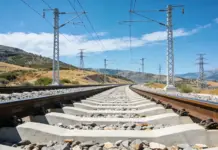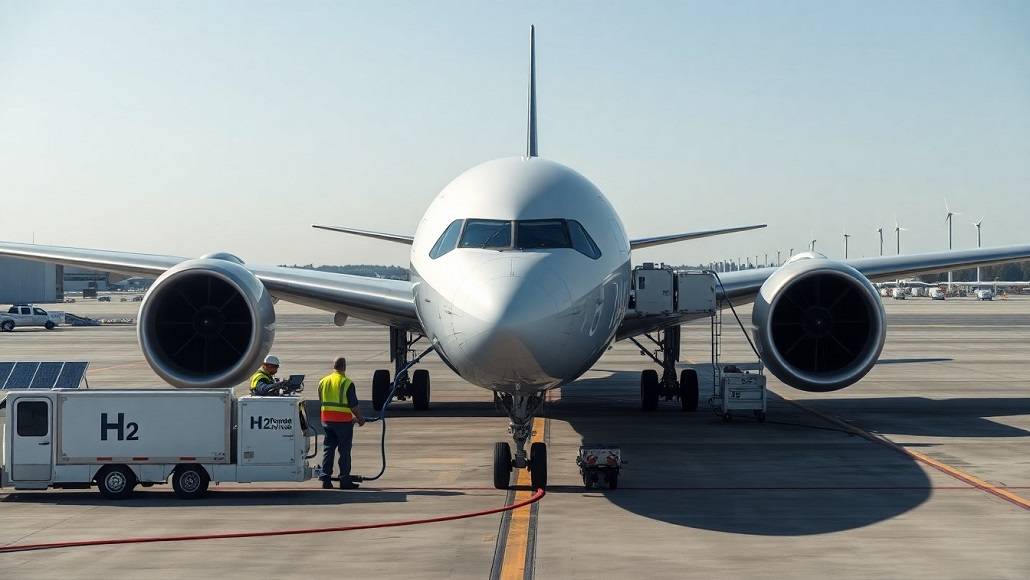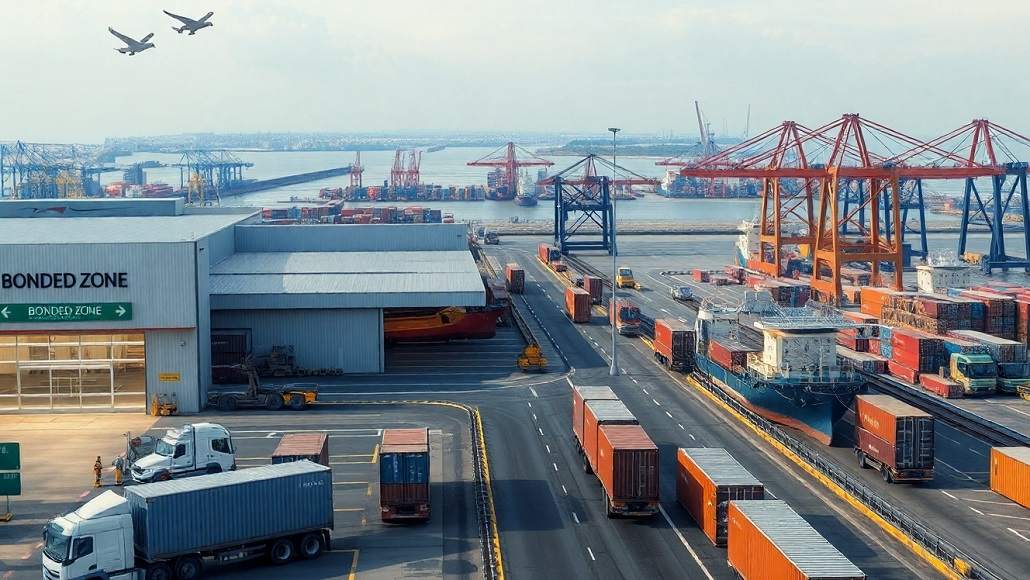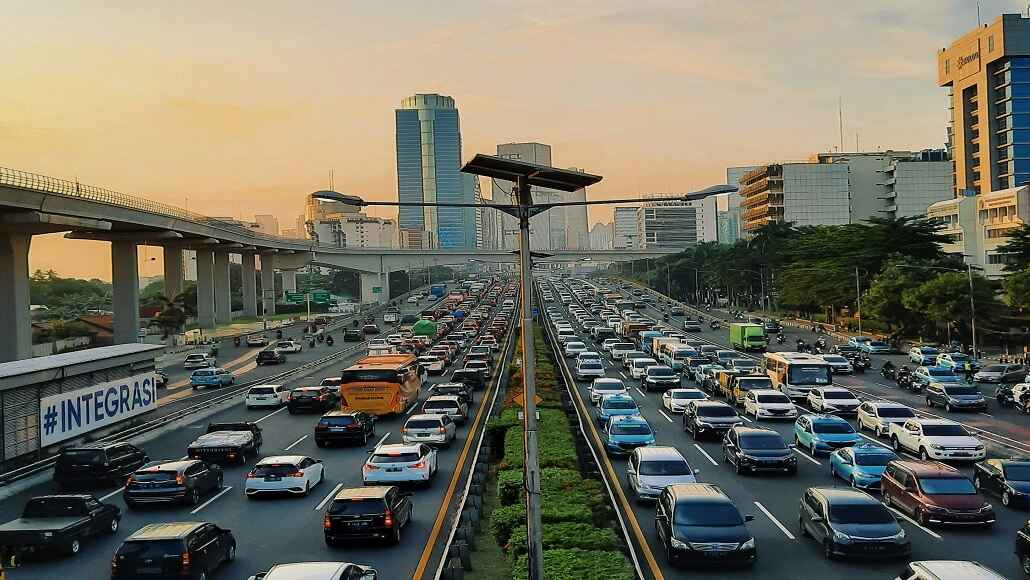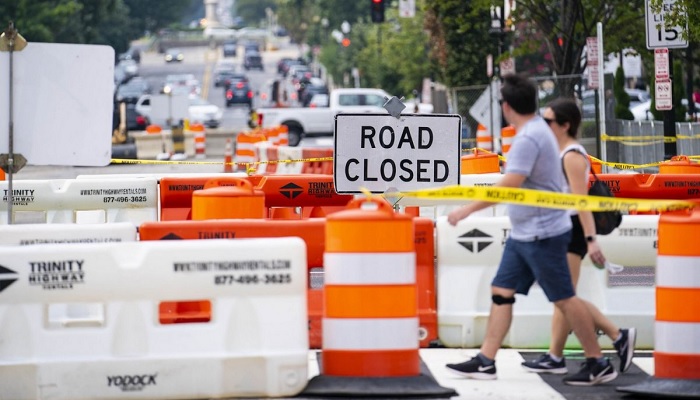The US’s Neighbourhood Access and Equity Grants programme, which aims to rebuild overbuilt arterial roadways and make them safe and much more accessible for diverse modes of transportation, is funded in part by $3 billion from the Inflation Reduction Act. On August 16, President Joe Biden ratified the $739 billion spending plan.
According to a White House press release, the awards will reunite communities split apart by current infrastructure; mitigate the adverse effects of transportation facilities or building projects on communities, and encourage equitable transportation planning.
The new awards can be utilised to create links over railroads and highways as well as to modify hazardous crossing roads. The Federal Highway Administration will administer the funding, which may be distributed to state, municipal, and tribal governments.
The new awards add to the Reconnecting Communities Program’s $1 billion in financing that was established under the Infrastructure Investment and Jobs Act of last year. It tries to assist governments in addressing community disintegration, contamination, and other negative effects brought on by previous infrastructure investments.
The Neighbourhood Access and Equity Grants may be used, among other things, to pave a roadway or turn it into a boulevard, install bike lanes or barriers, improve access to public transportation, construct clean drainage infrastructure, and install additional safety features.
The IRA funds, unlike IIJA money, cannot be used to construct single-occupant automobile lanes. A third of the funds are designated for initiatives in poor neighbourhoods that have an anti-displacement policy, a community benefits agreement, and a plan for local hiring.
According to Governing, planning experts praised the decision but cautioned that eliminating highways is expensive and the financing will only go so far. In addition to the access grants, the IRA also has other important components for the construction sector, like substantial increases in tax benefits for building energy efficiency improvements.
Additionally, the law includes $5 billion for a number of projects meant to hasten the construction sector’s transition to low-embodied carbon construction materials.


